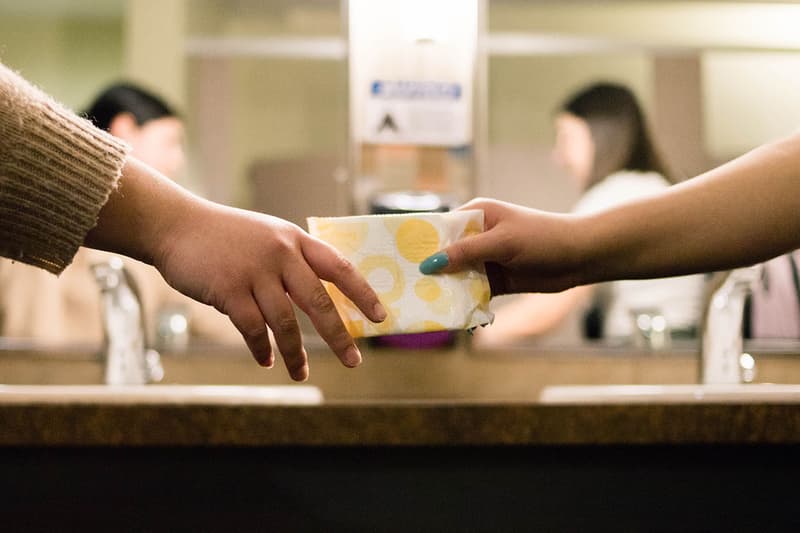
Sanitary Pads Can Be an Accurate Tool for HPV Testing, Study Suggests
Can women say goodbye to uncomfortable Pap smears?
The Human papillomavirus (HPV) is a common sexually transmitted infection that in rare cases can persist and cause cervical cancer. The current standard of HPV and cervical testing is the Pap smear test which scrapes tissue from the cervix to look for cancerous cells. This procedure, although helpful in identifying the onset of cervical cancer, is rather intrusive and painful. A recent study published in JAMA Network Open offers a simpler solution that women already use: sanitary pads.
In Wuhan, China, Jingjing Zhang conducted a study using the sanitary pads of women with HPV. These 120 women were considered high-risk by their doctors, meaning there was a high probability of HPV turning into cervical cancer. After testing 120 pads, Zhang and his team were able to accurately identify 94.2% of the high-risk patients. The test was also able to detect more sub-types accurately and is considered to be of “superior performance.”
Most women avoid scheduling a Pap smear due to how painful and inconvenient it is. Testing sanitary pads can make trips to the gynecologist less aversive. It also encourages women to be proactive about testing. For example, a study found that in places like India where menstruation is fearfully discussed, women were open to using their period blood for cervical testing.
Researchers advocating for sanitary pads as medical devices for HPV detection suggest collecting pads from day two of the menstruation process. This is due to the fact that the second day of menstruation is usually the heaviest, allowing for more contents to be tested.





















